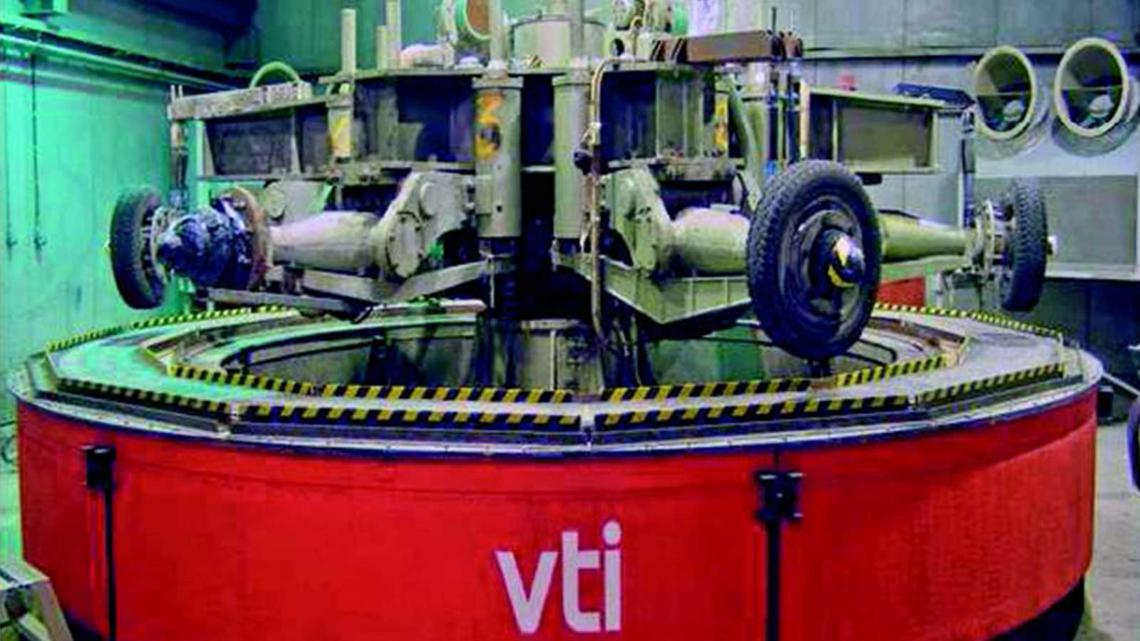Respirable particulate matter (PM10) has been associated with human morbidity/mortality. Tire wear particles (TWP), produced from the interaction of pavement and tire surface, are thought to contribute to PM10; however, airborne TWP has not been well characterized. In order to characterize environmentally relevant TWP, PM10 samples were collected while running vehicle tires on a roadway simulator. The generation of PM10 was quantified with an Aerodynamic Particle Sizer (APS; 0.5 to 10 m) and a Scanning Mobility Particle Sizer (SMPS; 8 to 311 nm). Elemental analysis (Particle Induced X-ray Emission: PIXE) and particle morphology (scanning electron microscopy) were also examined. The SMPS data identified a peak in the number of particles generated between 10-100 nm. PIXE analysis revealed that the coarse fraction of airborne particulate was dominated by pavement. Sulfur and zinc were both identified by PIXE. Sulfur is found in tires and bitumen, while zinc likely originates from the tires as zinc oxide is used as an activator for tire rubber vulcanization. While the ultra-fine portion (<100 nm) of the PM10 generated from tires represents only a very small portion of the total mass of the PM10, this size fraction does contain material originating from the tire. Overall, emission of PM10 from tires is low and predominantly originates from the road surface.
Published: 18 Feb 2010
Type: Publication


